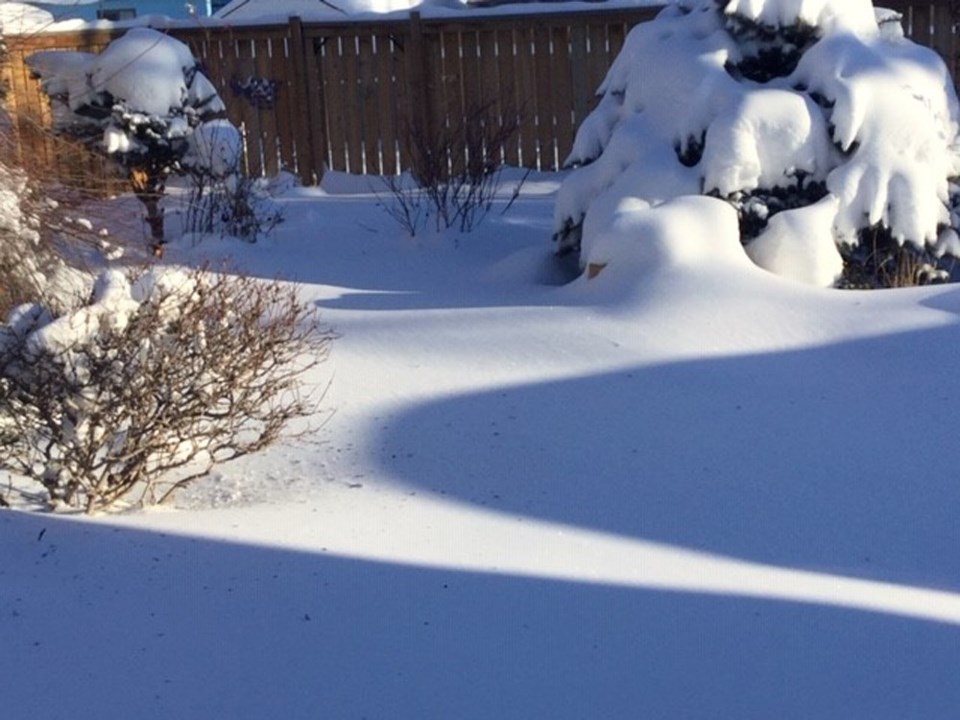YORKTON - Can you believe it’s November? Snow has arrived as I write this, and though I’m sure we’d all like to think that perhaps it might melt, it is probably here to stay. But I’d be very glad to be wrong!
Does the snow mean that our yard work is over? Not quite! Some gardeners still have some perennials that need a little extra care for the winter. But it’s something we don’t want to do too early! If the temps aren’t cold enough, and we wrap up those tender babies, they might get fooled into thinking that it is spring and not settle into sleep for the winter. It’s a fine line; gardeners have to keep an eye on the weather. Protect those plants before the very cold temps arrive, but not quite when the temps are hovering near zero.
Roses are always good for discussion: to trim now, or not? I know many gardeners like to trim back their roses in the fall, and then protect them for winter either by mounding mulch, soil, or both, then wrapping. Some go one step further by mounding snow on top of that.
All good ideas, but I have read that before gardeners do these things, they have to be aware of time and temperature, and wait for a full week of consistently freezing temperatures before the final winter work takes place.
For gardeners who trim roses in the fall, I have read more information saying “nay” rather than “yea”. Most articles I’ve looked at seem to say that it is better not to trim any more than is necessary at this time. After some winter-kill of the stems, a good pruning in the spring will still leave a healthy and happy amount of stem. If we trim now, and then lose some plant over the winter, we are setting the plant back significantly. It makes sense. It may not suit those gardeners who really like to tidy up in the fall, but it’s definitely something to think about before we bring out the secateurs.
Wrapping conifers is another one of those tasks that can still wait for a bit. Again, gardeners don’t want to wrap too early and stop the conifer from settling in for winter. We must keep an eye on the temperatures and do this task before it gets too cold and windy. Winter conditions all cause a conifer to lose moisture. That is why the foliage turns brown. An interesting point: I have often read that gardeners need wrap only newly-planted conifers for the first year. But…as stewards of our gardens, I think we have to be watchful and go year by year. We have a mugo pine that is over thirty years old. It lives in a very exposed spot, was unwrapped, and a few winters ago, the winds almost destroyed it. When spring came, the foliage was rust-colored, not green. We did our best to save it. When early winter came, we wrapped it well with burlap. The next spring, it looked better. That following winter, we wrapped it again. It became stronger still. We wrapped it again last winter, and this spring it was absolutely beautiful. So of course, we will wrap it again in a couple weeks, even though it has been part of our garden family for almost four decades.
It is good for us to remember that garden rules are often good and often work, except when they don’t. Being vigilant to what our plants need is the best way to care for them, no matter how old or young they might be. And if a plant is a special favorite, by all means do what you have to do to keep it (and you!) comfortable as winter sets in. The extra care will put your mind at ease that you have done what you could.
Thank you to our friends at YTW; visit the hort society at www.yorktonhort.ca and have a great week!






